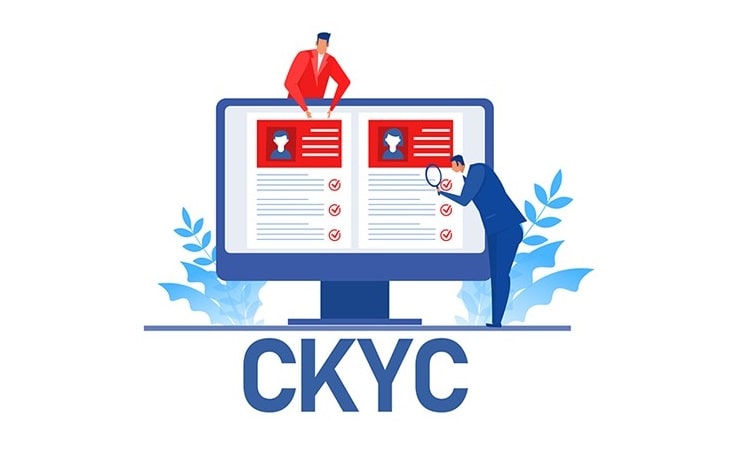CKYC refers to Central Know Your Customer, the Government of India initiative. This initiative aims to create a structure that lets investors complete their KYC only once, enabling them to interact with various entities across the financial sector without having to complete it multiple times. CKYC is a unique number assigned by the repository to each individual once they submit their KYC documents.
Therefore, if you want to make a financial transaction or investment in stocks, bonds, or post office FD schemes with high post office FD rates, equity, or shares, you can quote the CKYC number rather than submit physical KYC documents. In addition, to verify a customer’s KYC details, all financial institutions can access the CKYC repository to verify this information.
What is CKYC, and how does it work?
A central KYC process is now required before you can make any investment. This aims to get to know the customer better and secure their investment. In addition, the banking institution keeps records of the KYC information of its customers. Moreover, by doing this, the possibility of financial fraud and questionable behavior can also be prevented. Before investing with any fund house, the customer must complete a KYC form. You will need to complete the CKYC form and send it with the necessary documents.
CERSAI double-checks the KYC paperwork before it is submitted. It is the responsibility of CERSAI to verify KYC documents and store them digitally on the server. As part of the sign-up process, the customer is assigned a 14-digit number associated with his proof of identification. This will be the number that will be used for KYC confirmation. The customer will not be required to provide KYC again if he chooses to invest with another fund house once the KYC process has been completed.
How to complete CKYC?
A customer is purchasing a financial product from a financial institution that is regulated by any of the following bodies: the RBI, IRDAI, SEBI, or PFRDA will have to submit their KYC details registered with the Central Registry of Securitisation, Asset Reconstruction and Security Interest of India at the time of the purchase.
Documents required for CKYC
- Application form for CKYC
- PAN
- Address Proof and Identity
- A recent passport-sized photo
- Aadhar Card
Once you complete the registration process, a 14-digit KYC Number will be provided. CERSAI will send you an SMS/email once the KIN has been generated to the mobile number you have registered with CERSAI.
Features of CKYC
With the CKYC registry, financial institutions can reduce the time it takes to onboard their customers. This way, they can gather all the relevant information about a customer into a single place where they can easily access it. As a result, much time and effort can also be saved. In the past, opening an account with a bank was a nightmare before the introduction of CKYC. To fulfill the financial institution’s requirements, one needed to gather all the necessary documentation quickly.
It took a considerable amount of time and effort to accomplish this task. Despite this, if you wish to invest in another financial institution in the future, you will be required to follow the same procedure. Since the introduction of CKYC, there is no longer any need for the customer to go through the same paperwork anguish regarding their account. The data is all kept in one place for ease of access. Several authorized financial institutions have access to this information as well. As a result, the customer and the financial institution can save time and effort.
Conclusion:
The above amendment and the establishment of the Centralized KYC Registry are undoubtedly positive steps towards promoting digitalization in our legislature. Moreover, the above amendment can be a stepping stone to implementing these reforms. Since we all experienced the repercussions of a pandemic and how digitalization has made banking/financial transactions easier, which was previously accompanied by a lot of paperwork, we hope more such reforms will take place soon.










